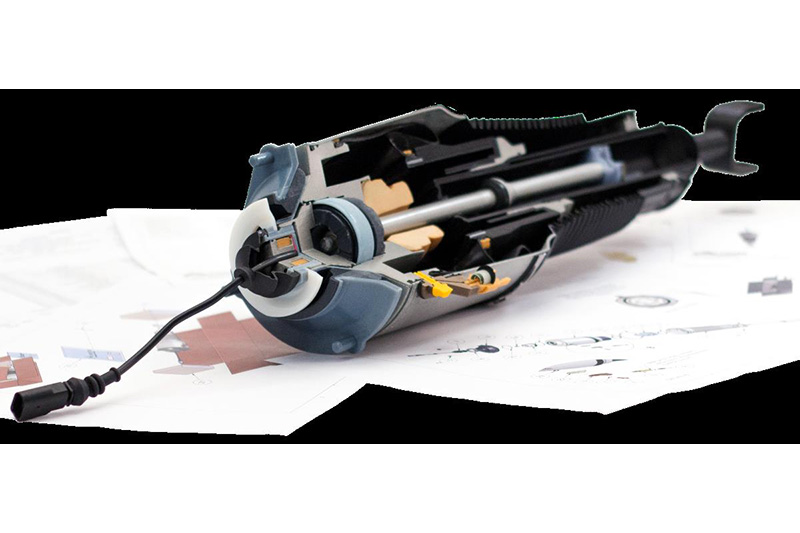
PMM and air suspension specialists Arnott give readers a deeper look at air struts.
Air suspension systems come in multiple configurations which define the product mix between air struts, shock absorbers and air springs. Whenever a system is equipped with complete air strut assemblies, the air springs are integrated onto the struts instead of separately mounted onto the axle. These complete assemblies are typically used for the front suspension. The rear suspension usually features a combination of shock absorbers and air springs. Four-corner air strut set-ups exist as well.
Construction
Although a conventional coil strut looks very different from an air strut, the replacement of both is similar. If a mechanic can replace a coil strut, they will most likely find replacing an air strut relatively easy as well.
Despite the ease of installation, the workings behind the strut and air spring combination are quite complex.
Let’s take a closer look at the air spring construction. In order for the air spring to support the vehicle weight through air pressure, it is constructed with several components to aid this. Heavy duty crimping rings seal the air sleeve with the top mount and the rolling piston. The rolling piston is connected to the outer damper tube and sealed off with an Oring to keep an airtight connection.
The rubber sleeve of this airtight construction is usually encased in an aluminium canister for a more responsive behaviour. To protect the air spring from collecting dust and debris between its sleeve and rolling piston, it is often covered by a flexible dust cover. Depending on the design, adding a cover can greatly lower the risks of leakage caused by these elements.
Internally, the air strut has an integrated bump stop. This helps to prevent damage to the piston and foot valve by making sure there is enough clearance left when the vehicle is bottoming out (when the shock is full compression). Some air struts also feature a second air chamber in the top area or even in an external canister. The extra air chamber provides additional volume which is used to create two levels of spring rates.
This additional air volume results in an overall driving experience that is more comfortable because more air needs to be compressed in the air spring. Less air volume translates into a firmer ride.
Secondly, the extra air chamber allows the manufacturer to build a more compact suspension part, reducing the space needed for the total rear axle configuration. This results in a larger cargo area in the booth.
Replacement
There are a few things to consider when replacing an air strut. If you have the proper equipment, it is always possible to remove a worn or broken coil spring from its strut and then re-assemble the strut with a new coil spring. However, this is usually not the case when dealing with an air strut. Often the complexity of the strut will not allow the separation of the air spring whilst maintaining a new airtight air strut construction upon re-assembly.
There are some exceptions whereby the OE manufacturers have designed the air strut so that the possibility of replacing solely the strut-mounted air spring does exist. In this case, Arnott offers the option to replace only the air spring and additionally offers the pre-assembled full strut.
If a customer decides to only replace the air spring, there are a few things to keep in mind. When only replacing the worn air spring, the air strut’s shock absorber should be inspected critically for both oil leakage and function. Oil deteriorates the rubber sleeve and would consequently shorten the new air spring’s lifespan. Secondly, the damping force of a worn shock absorber is considerably lower, this means the air spring is being exposed to impacts which it was not designed for and gets easily damaged requiring an earlier replacement.









